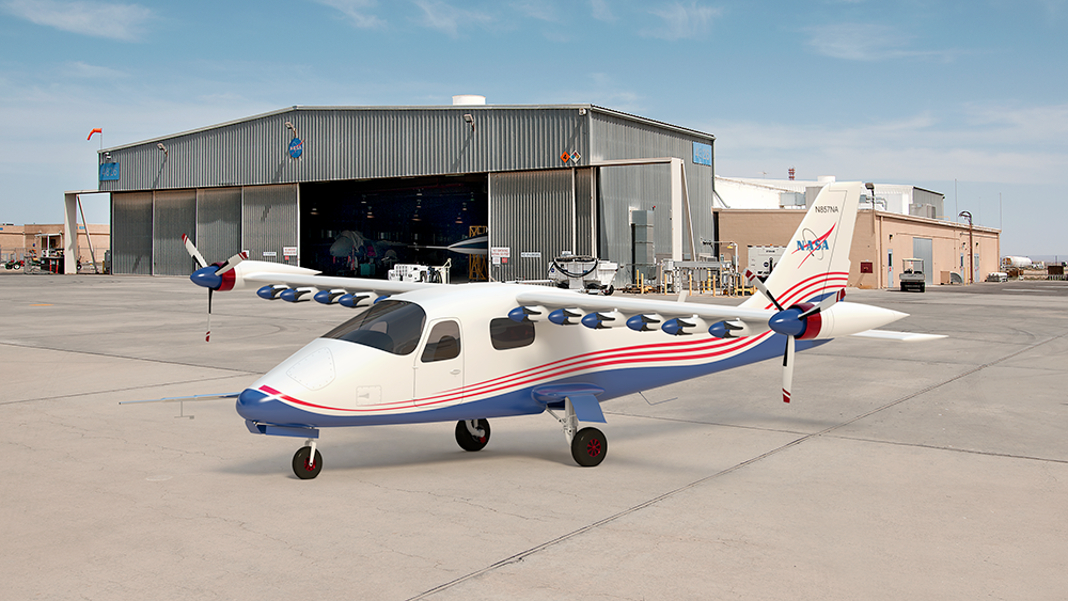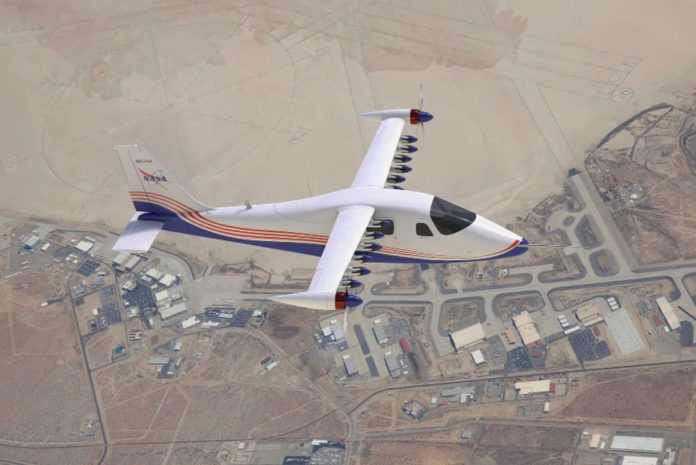The NASA X-57 Maxwell electric airplane is now ready to take flight
Following the completion of ground testing, the NASA X-57 Maxwell electric airplane will begin its test flights in the next few months from NASA’s Armstrong Flight Research Center in Edwards, California. It’ll be the first crewed test flight of the X-57 all-electric airplane.
NASA’s X-planes were launched in 1944 to conduct high-speed aviation research. Many aviation firsts have been achieved by the series of hypersonic aircraft development while breaking speed and altitude records and utilizing new materials and propulsion systems.
The X-57 program, which is part of NASA’s Scalable Convergent Electric Propulsion Technology Operations Research Project (SCEPTOR), began in 2016. The term stands for the development of low-emission aircrafts built with electric motors. Last year, the “Maxwell,” an Italian Tecnam P2006T, was converted to an electric airplane by replacing its Rotax engines with two Joby Aviation electric motors.

Two electric cruise motors with propellers will be used in the flight testing of the NASA X-57 Maxwell electric airplane in May. NASA plans to equip the plane with 18 propellers at a later date. A NASA spokeswoman said the distance and duration of the first flight has yet to be determined.
According to NASA, the NASA X-57 Maxwell electric airplane will have a range of roughly 100 miles and a cruise speed of 170 mph, giving it a flight time of around 40 minutes. NASA research test pilot Tim Williams confirmed that the test program’s goals are to prove if the X-57’s electric motors are reliable during vibrations and dynamics of flight. Also, there’ll be tests to ensure that the batteries can run at 70 percent of their maximum output for an extended period of time.
“The X-57 project has already made substantial contributions to the field of electric aircraft propulsion as an initial pathfinder,” said X-57 project manager, Heather Maliska. “It is building a knowledge base of expertise that is influencing industry standards and contributing to future electric vehicle demonstrations.”
